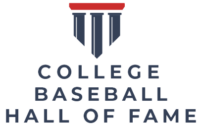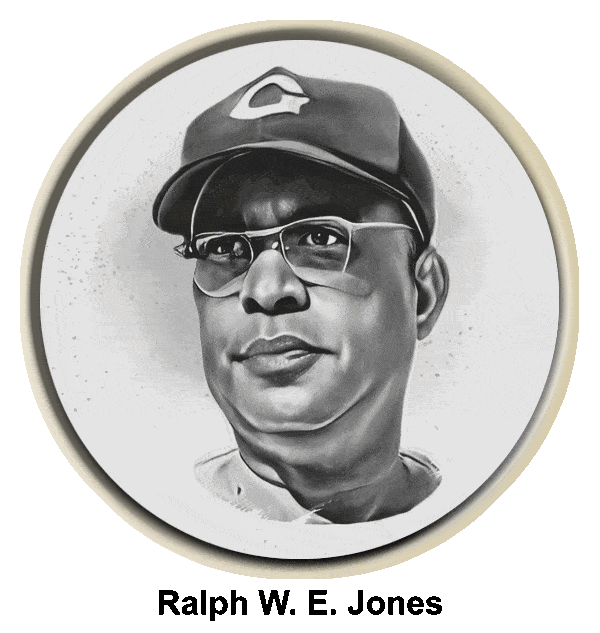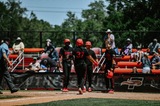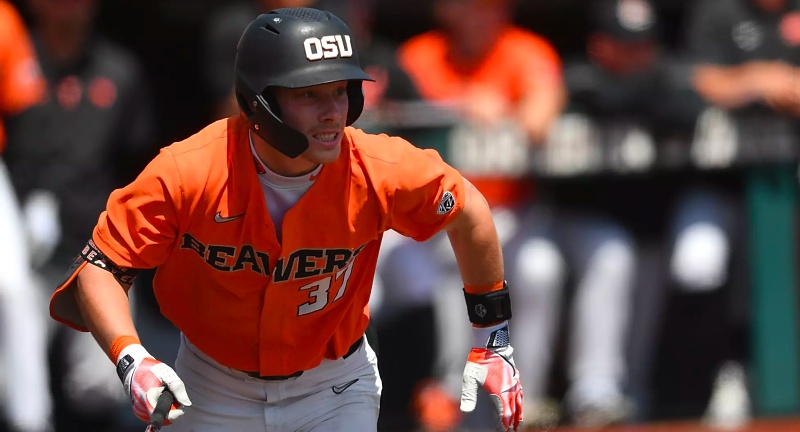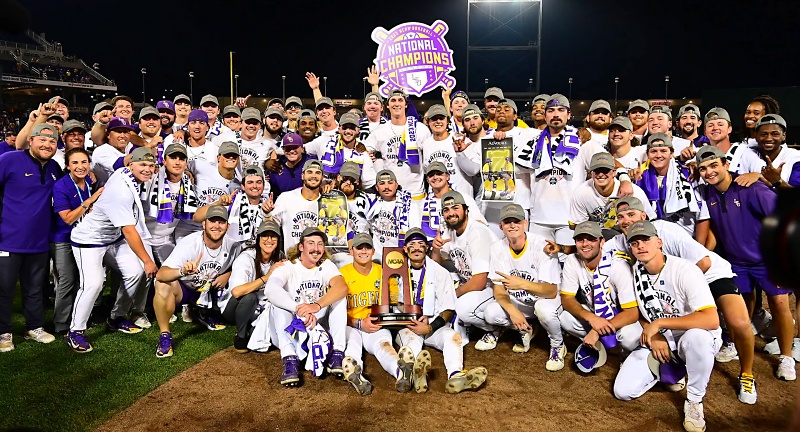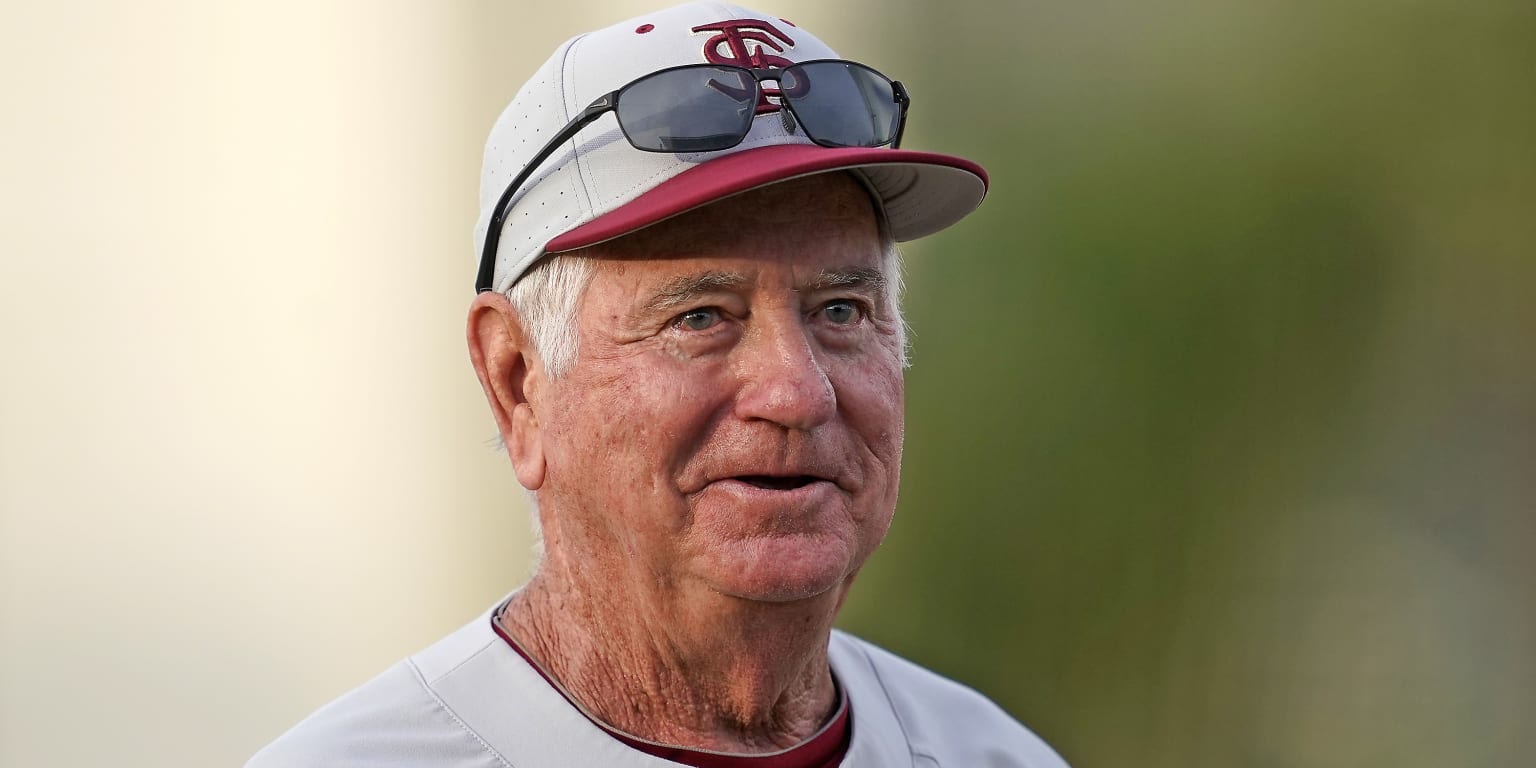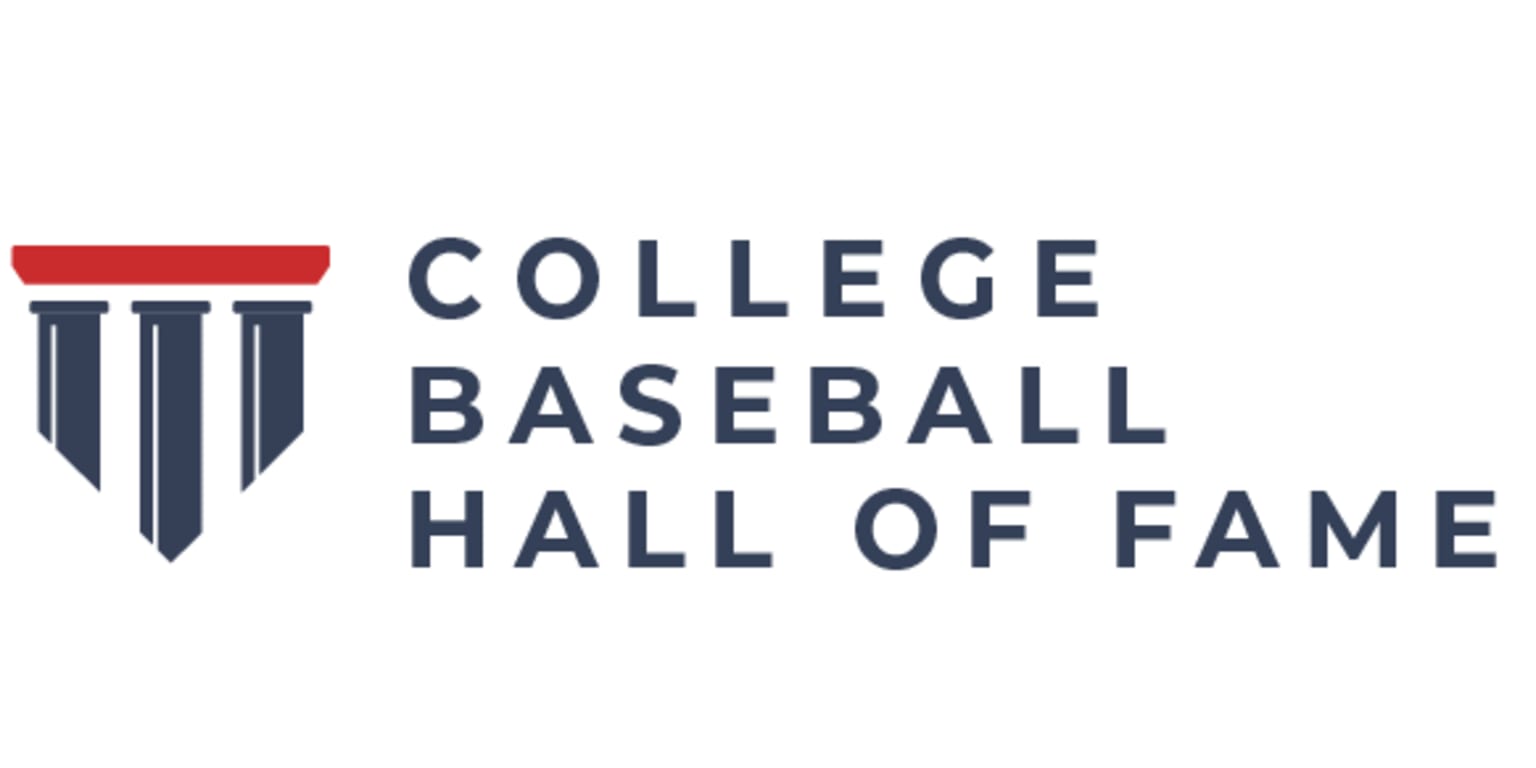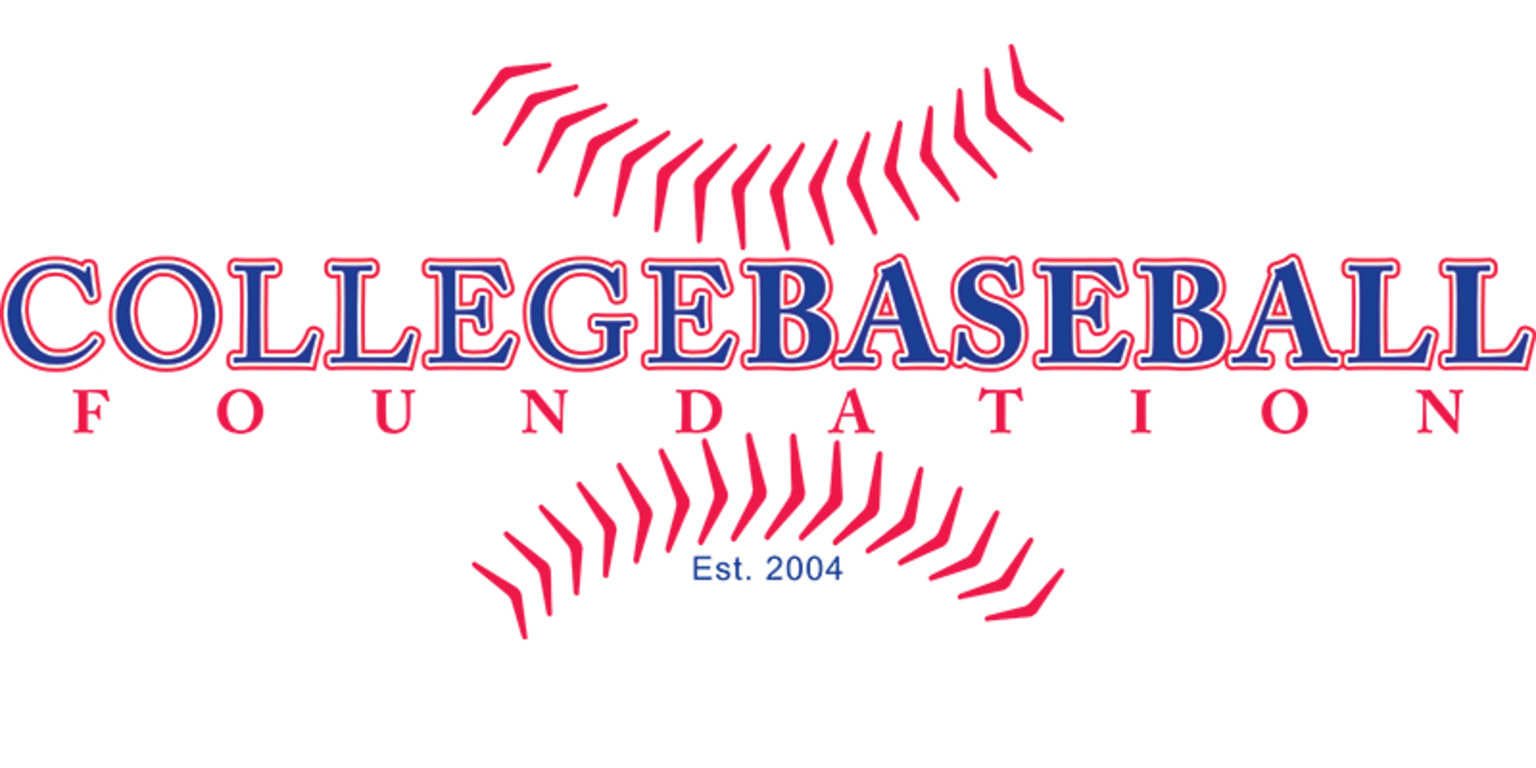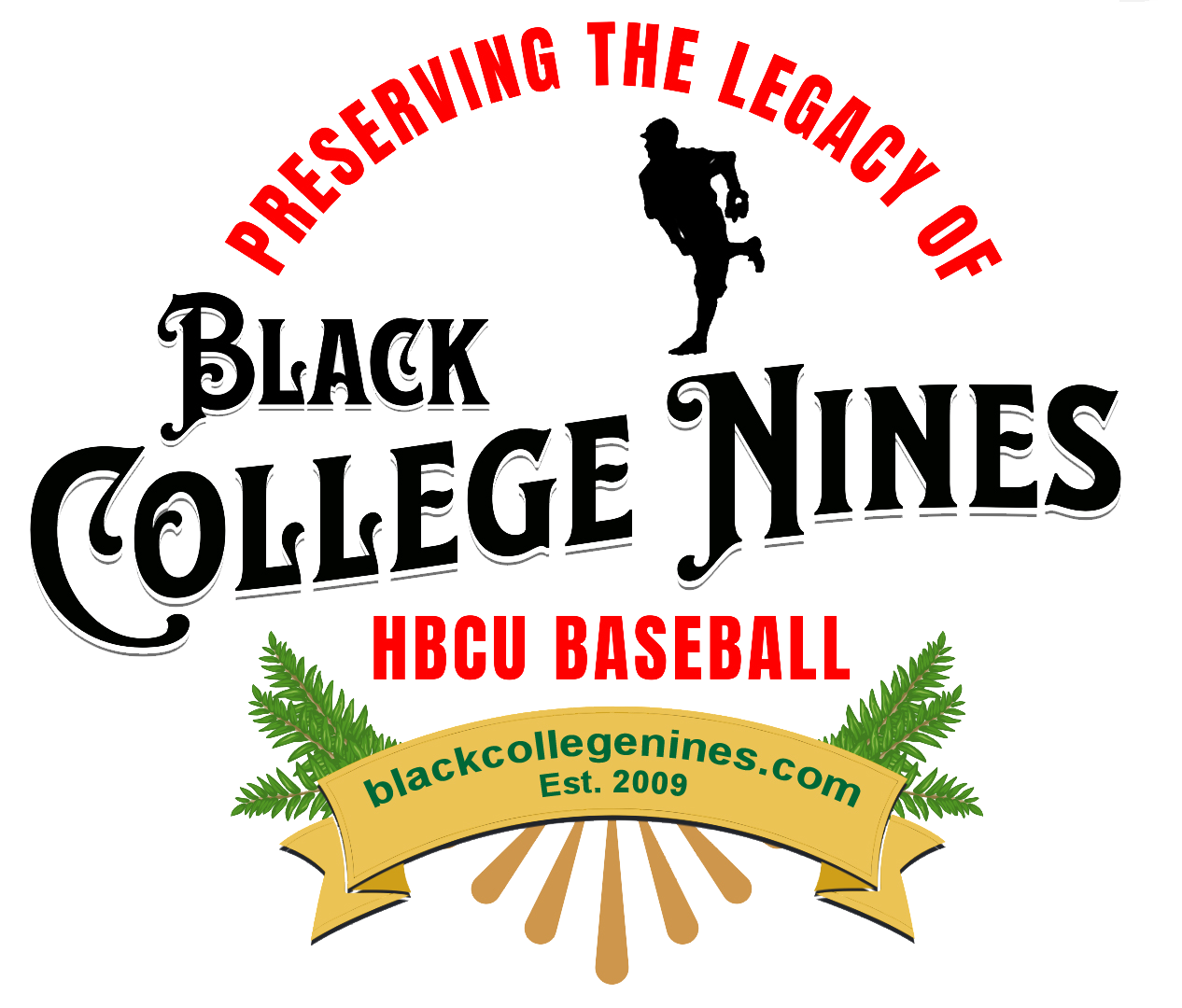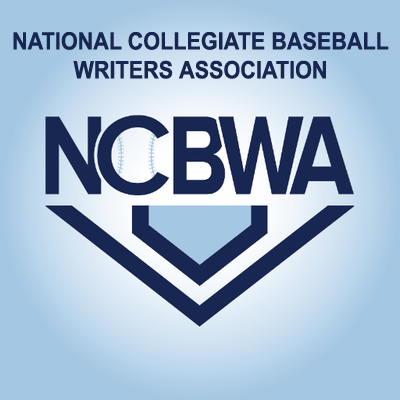College baseball season is so close at hand that I can almost hear the ping of aluminum… or if I listen close enough, the crack of a wooden bat. Though it seems far from baseball weather as I look at my desktop thermometer, I too better get crackin’ and finish my story on the days when HBCUs dominated NAIA baseball. (To read part one of this story, please click here.)
The National Association of Intercollegiate Athletics, which started admitting HBCU schools in 1953 and held its first baseball championship in 1957, did not officially start collecting statistics until the 1960 season. That year Charles Gray, the national individual ERA leader (0.56 ERA),led a Southern University pitching staff that finished third in the nation with a 2.01 ERA. The Jaguars hitters also finished third in the country with a collective .335 batting average.

Tommie Agee
The following year, it was Grambling University’s turn to show off its baseball muscle leading the country in hitting with a .362 average and fielding with a .964 average. The star on the Tigers’ 1961 squad was Tommie Agee (later of New York Mets World Series fame) who finished third in the country hitting an even .500 , third in home runs with seven and seventh in rbi with 37. Hitters representing HBCU schools also finished fourth, fifth, seventh, eighth and tenth in batting. On the pitching end, Clyde Parquet ranked first in the country with a 0.66 ERA while the entire staff finished fourth with a 1.79 ERA.
Grambling pitchers topped the individual charts in 1962 and 1963, as they did in 1961, with Hillary Bossier’s nation leading 0.53 ERA and Alex Pero’s amazing 0.00 ERA. As a team, Grambling led the nation in both hitting and pitching in 1963 with a .370 batting average and a 0.61 ERA.

In the mid-to-late 1960s, Grambling continued to be the leading HBCU program in the National Association of Intercollegiate Athletics and produced Atlanta Braves’ great, Ralph Garr, the nation’s leading hitter in 1967 with a batting average of .582.
In addition to Garr, Kentucky State’s James Jackson and Charles Stukes of Maryland State finished second and fifth in hitting with respective .531 and .489 averages. As well, Pete Barnes of Southern University led the country in 1967 with 43 rbi and home runs (an average of .32 per game).

Charles Stukes (L) Curtis Gentry (R)
Charles Stukes was one of a number of Maryland State grid stars who not only went on to pro football careers, but were also stars on the Eagles baseball team. Others who either led the country or were highly ranked in various statistical categories were Curtis Gentry (Baltimore Colts) in stolen bases, Johnny Sample (New York Jets) in hitting and slugging and William Thompson (Denver Broncos). Stukes, who played for the Baltimore Colts, finished fourth in the country in 1966 hitting at a .492 clip and for two years led the country in stolen bases. Maryland State (now known as the University of Maryland Eastern Shore) teammate Tick Hebron hit .487 and along with Stukes, helped Maryland State rank second in team hitting with a .352 average.
Maryland State again finished second in team hitting (tied with Southern University at .341) the following year, but finished behind 1967 national leader Grambling University’s .355 batting average. Grambling’s pitching staff also led the nation in 1967 with a 0.88 team ERA.
In the late 1960s and early 1970s, ballplayers from even more HBCU schools started to creep into the annual NAIA statistical leaders. In 1969, St. Augustine’s College of North Carolina led the country in hitting with a .379 average. Ronald Tucker of Hampton Institute ranked first in doubles per game with an average of .62 per game, while George Pack of West Virginia State was second (.58 per game). Leroy Sykes of Wiley College finished third in the country in triples per game with an average of .33 per game and Eldridge Blake of Fisk was fourth in rbi per game (1.54). On the pitching end, Kenneth Stone of Tuskegee was nationally ranked third in victories with ten.
 In 1972, Al Holland of North Carolina A&T appeared upon the college scene and as a freshman led the country in strikeouts (143) and was second in ERA (0.54). The following year, NCA&T’s last in the NAIA, Holland recorded an ERA of 1.03 and added another 102 strikeouts. Though the Aggies moved up to NCAA status, Al Holland continued to dominate the competition the next two years with a 0.95 ERA and 105 strikeouts in 1974 and a nation leading 0.26 ERA and 118 strikeouts in 1974.
In 1972, Al Holland of North Carolina A&T appeared upon the college scene and as a freshman led the country in strikeouts (143) and was second in ERA (0.54). The following year, NCA&T’s last in the NAIA, Holland recorded an ERA of 1.03 and added another 102 strikeouts. Though the Aggies moved up to NCAA status, Al Holland continued to dominate the competition the next two years with a 0.95 ERA and 105 strikeouts in 1974 and a nation leading 0.26 ERA and 118 strikeouts in 1974.
In 1973, one of the leading hitters in all the NAIA was future Major Leaguer, Steve Henderson of Prairie View A&M. His .488 batting average ranked fourth and his five triples was also among the nation’s leaders. Besting Henderson in hitting was another HBCU standout, James Marshall of Jackson State, who finished third hitting .495. An emerging powerhouse, Jackson State topped the NAIA team hitting stats with a .372 average.
 The 1974 season saw Nathan Chapman from Jarvis Christian in Texas win the NAIA batting title with a .551 average. Interestingly… Tyrone Phinnessee of Tuskee won the NCAA Division II crown hitting .482 and Artis Stanfield of North Carolina A&T topped the NCAA Division I big school hitting charts with a .500 average. Stanfield also won the stolen base crown stealing an average of 1.32 bases per game.
The 1974 season saw Nathan Chapman from Jarvis Christian in Texas win the NAIA batting title with a .551 average. Interestingly… Tyrone Phinnessee of Tuskee won the NCAA Division II crown hitting .482 and Artis Stanfield of North Carolina A&T topped the NCAA Division I big school hitting charts with a .500 average. Stanfield also won the stolen base crown stealing an average of 1.32 bases per game.
As more and more historically black college left the NAIA for the NCAA in the mid-to-late 1970s and early 1980s, fewer names from HBCUs dotted the list of national statistical leaders.

Artis Stanfield (R)
That is not to say they disappeared. Greg Carter from Kentucky State finished fifth in hitting (.487 BA) in 1975 and the Thoroughbreds led the NAIA in team hitting with a .375 average. The following year, the Delta Devils from Mississippi Valley State topped the NAIA in team hitting (.370 BA) and team pitching (1.79 ERA). Individually, Mississippi Valley State’s Frederick Akon finished second in the country with a 0.71 ERA and teammate Willie Powell was the top hitter with a .563 average.
Toney Howell of Central State in Ohio won the hitting crown in 1981 with a .524 average and in 1983, Murauder teammate Terry Edwards finished third in hitting (.514 BA). Sandwiched between the two, St. Augustine’s Eddie White finished second in the NAIA, hitting .515 in 1982.
While fewer and fewer names of HBCU schools and ballplayers dominated NAIA stats, more and more started to appear amongst the leaders or on top of the NCAA’s Division I charts like Stan Jefferson of Bethune-Cookman, Dave Clark of Jackson State, Vince Coleman and Marquis Grissom of Florida A&M and most recently Mike Woods and Rickie Weeks of Southern University
… but that will be reserved for another story!


